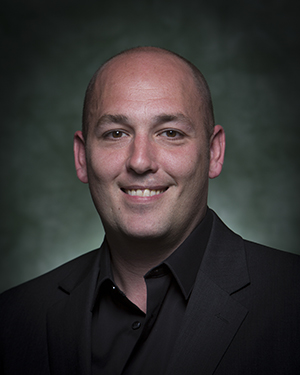Guy German, Binghamton University – What UV is What You Get: Understanding How The Sun Damages Your Skin
 On Binghamton University Week: A dose of Vitamin D sounds great after spending so much time indoors.
On Binghamton University Week: A dose of Vitamin D sounds great after spending so much time indoors.
Guy German, associate professor of biomedical engineering, reminds us to take care of our skin in the sun.
Dr. Guy German received his combined Bachelors and Masters degree in Astrophysics from the University of Edinburgh, UK, in 1999, a Masters degree in Aerospace Dynamics, with a specialisation in Aerodynamics, from Cranfield University, UK, in 2001, and his Ph.D. in Mechanical Engineering from the University of Edinburgh in 2009. Between 2001 and 2003, Dr. German worked as as an aerodynamicist & trans-national task leader of blended wing aircraft aerodynamic design at Airbus. Between 2003 and 2006, he worked as a senior engineering consultant for I.D.E.A.S Ltd. in Glasgow, UK. Dr. German completed his postdoctoral training in the department of Mechanical Engineering and Materials Science at Yale University with Dr. Eric Dufresne between 2009 and 2012. In 2013, he joined the faculty at Binghamton University as an Assistant Professor in the Department of Biomedical Engineering. His research focuses on understanding and controlling the mechanics and function of soft biological tissues; in particular tissue barriers. Current projects funded both by cosmetic industry grants and an National Science Foundation CAREER award explore the mechanopathology of bacterial skin infections, and the impact of environmental conditions, ageing, cosmetic products, and UV photodamage on the composition, structure, and integrity of human skin. Recently, he has received NSF funding to explore how ultraviolet radiation can kill COVID-19 and disinfect critical personal protection masks and gowns for reuse by medical staff. Dr. German has courtesy appointments in Department of Pharmaceutical Sciences and the Materials Science and Engineering Program. In 2019, he was promoted to Associate Professor. Currently he is the director of graduate studies for the department.
What UV is What You Get: Understanding How The Sun Damages Your Skin
Human skin is the body’s first line of protection, and we need it.
Skin acts as a physical, chemical, and microbial barrier. It also helps regulate temperature and enables mechanoreception: the ability to sense touch.
My research explores how aging, ultraviolet light from the Sun, and bacteria weaken skin, cause wrinkles and increase the risk of skin rupture. The results will provide a better understanding of the biomechanical aging process, the onset of skin diseases that are caused by bacteria in the skin microbiome, and new approaches to cosmetic and drug based transdermal delivery.
For example, even if you did your best to prevent it, chances are you will suffer from some kind of sunburn this summer. Covering yourself in sunscreen and limiting your time outdoors can protect only so much.
So we wanted to know, what kind of ultraviolet radiation is the worst for skin? And how exactly does the sun damage it? What we found was that UV weakens the bonds between cells in the stratum corneum – the outermost layer of skin. These bonds help the cells to remain cohesive. That’s why sunburn leads to skin peeling. This damage relates directly to the amount of UV absorbed by the skin.
My research highlights that Sun overexposure not only can cause skin cancers, it also can mechanically degrade your skin, resulting in skin damage, increased likelihood of infection, and premature signs of ageing.
The most important takeaway for now is that skin protection is important, no matter what season of the year it is: We’re trying to push the message to use sun protection not just to prevent skin cancer, but also to prevent photoaging.


